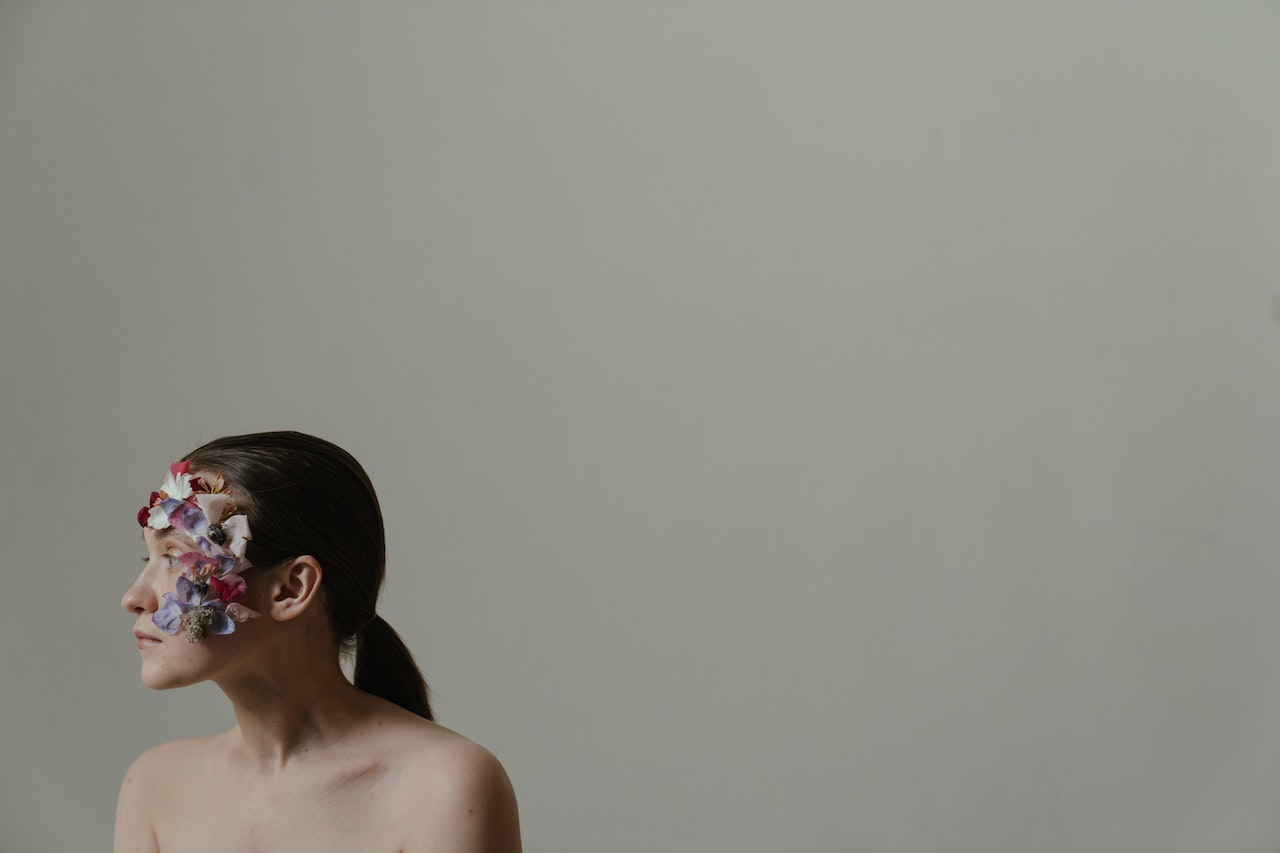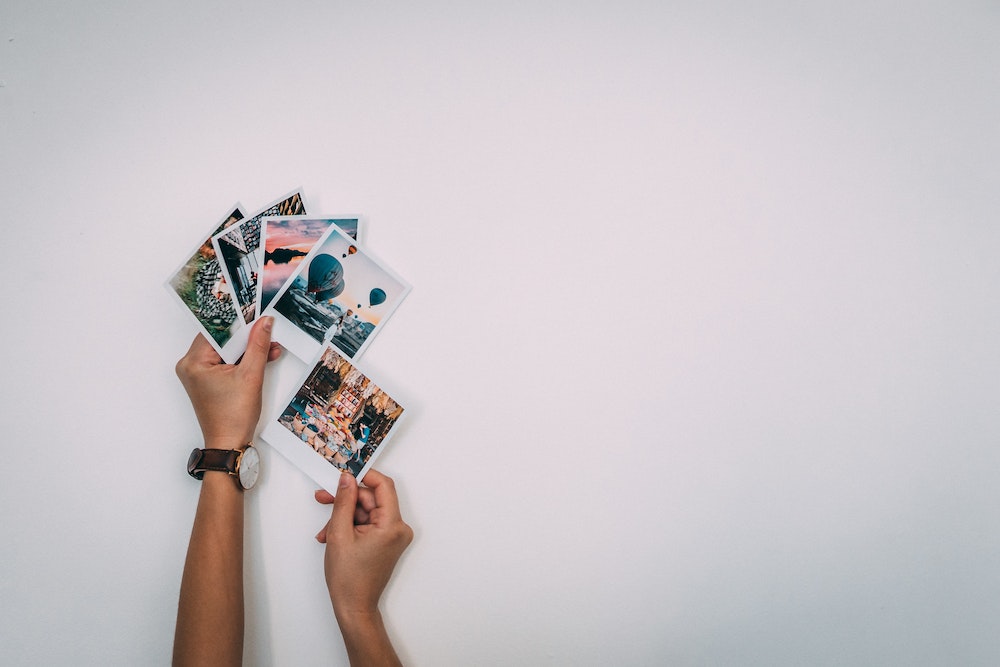Guide to Positive and Negative Space in Photography

Talking about space in photography is quite an important thing to know. A large number of articles are available in negative space. But positive space is something that you might not have heard of so much. In this article, we are going to talk about positive and negative space both. Let us start this off by discussing positive space first.
What is positive space?
Positive space can be anything that is highly important inside a photo. Whatever is present inside the frame that viewers find the most interesting is positive space. The thing worth knowing is that positive space gets its meaning mostly due to negative space.
If you take positive space as a host then negative space is the stage. So, keep in mind that these two types of space must be present alongside each other inside the frame.
The use of positive and negative space dates back to the traditional artists from different regions of the world like Japan, France, etc. Those artists opted to use negative space to balance the expressive or exposed part of the image. This was to emphasise the focus of viewers on the subject easily.
Soon after photography became popular, this technique was incorporated into photography as well and it is still prevailing. With time the definition and usage of positive and negative space have gotten to new horizons.

Importance of positive space in photography
Let us elevate your knowledge of positive and negative space in photography further as we talk about the importance of positive space. Telling a story is the most important part of a photograph. The clearer your subject is the easier it becomes to tell a story.
That is exactly where positive space helps you in photography. With positive space, you make it easier for the viewers to look at the subject as the subject is more apparent. That eventually makes the process of story-telling quite easy.
Here is how you work with positive space
The first thing you have to do is find the element that is fit for positive space. It might be the subject of the photo or anything that clearly stands out from the rest of the surroundings.
Then you will take a look at the availability of negative space. The negative space should be such that it would enhance or uphold the positive one. As we have already discussed, both these things work together and they complement each other.
At last, technical aspects of photography need to be taken care of. In a portrait photo, you can create negative space (i.e. shallow depth of field) by simply widening the aperture.
There are further things to do in case you want to be more creative. Major compositional techniques will be able to serve your interest the best way in terms of positive photography.
Incorporate features like framing, perspective, leading lines, rule of thirds, etc. in the process of including positive space in the photo. Consider zooming in and out or even cropping the image if you wish to shift the dynamics of the photo in the post-processing phase.
Photographers! Earn a $200 Sign up Bonus... |
|---|
Interested? Sign-up here(more details) |
The negative space
It is time to talk about the negative space in this article which is all about positive and negative space in photography. Negative space, also called white space, is an essential part of any great photo. Negative space refers to the elements of a photograph that are blank or do stand out as much as the subject.
Different elements add up as negative space in different types of photography. Water and sky work as negative space in landscapeswhile plain walls do the same thing when you are shooting indoors. Whatever is present in the frame that seems like fading as a background can be termed as negative space.

Some accurate tips about the right way of working with negative space
Try to use it for balancing the positive space
Balancing all the elements present in photography is the key. Always use negative space to fill the field in a way that would balance out the positive space. You will be able to do it only if you can identify the positive space clearly. The more powerful the positive space, the more soothing and calm the negative space is needed. Work with the extent of appeal present in the positive space to include the negative space in a better way.
When it comes to balance, a large number of photographers stick to the 2:1 rule. This rule states that the two parts of the image will contain negative space and 1 part will have positive space. Though it is not necessary to compose the frame this way every single time, it might be helpful in the majority of cases.
Go with minimalism
Minimalistic photos are something that comprises negative space for the most part. In fact, these are something opposite of usual photos where the subject dominates.
The majority of the frame is filled with negative space and there is a slight touch of positive space to create the effect that you are after. In this type, uniformity is all that matters. Achieving that becomes quite simple once you eliminate the majority of vivid things from the frame.
Placing the subject near the edge of the frame is a good idea. You can place it based on the rule of thirds as well. The point is, you have to refrain from putting the subject in the middle because that would overemphasise the subject and we don’t want to do it.
In case you have some emotion lined up to be conveyed through the image, abundant negative space is the best thing. Black and white colours are very effective in portraying emotions like loneliness, sadness, pleasure, etc.
Final words
Knowing about positive and negative space is a critical skill for every photographer. Being able to use it the right way will help you shoot the best photos in any genre. This is something that you will be able to use in every type of photography technique. Using it in different ways will let you learn even more about the right usage.
About the Author
Emma Taylor is an Australian blogger and photographer, who lives in Melbourne with her two cats, where she frequents live theatre and wine bars.


